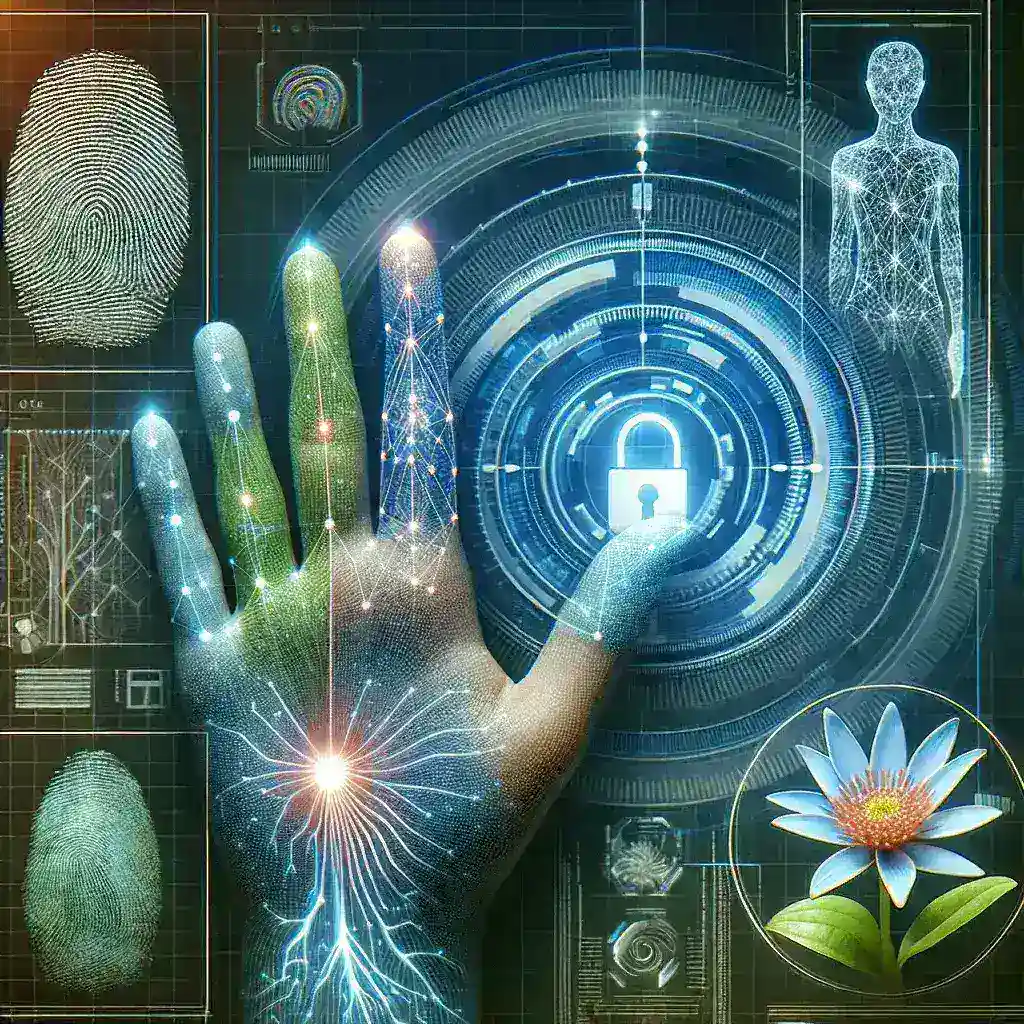Introduction to Biometric Authentication
In today’s digital age, where security is paramount, biometric authentication has emerged as a reliable and innovative solution. Unlike traditional methods such as passwords and PINs, biometric authentication leverages unique physiological and behavioral traits to verify identity. This technology is gaining immense popularity across various sectors due to its robustness and convenience.
What is Biometric Authentication?
Biometric authentication refers to the process of verifying an individual’s identity based on distinctive physiological or behavioral characteristics. Common biometric modalities include fingerprint recognition, facial recognition, iris scanning, voice recognition, and even vein pattern recognition. These methods ensure a higher level of security and are more difficult to forge or steal compared to traditional authentication methods.
The Advantages of Biometric Authentication
Enhanced Security
One of the primary advantages of biometric authentication is its enhanced security. Since biometric traits are unique to each individual, it becomes significantly harder for unauthorized users to gain access. This is a critical advantage in sensitive areas such as banking, healthcare, and governmental services.
Convenience
Biometric authentication offers unparalleled convenience. Users no longer need to remember complex passwords or carry physical tokens. For instance, smartphones equipped with fingerprint or facial recognition enable users to unlock their devices with a simple touch or glance.
Improvement in User Experience
Biometric authentication improves the overall user experience by providing a faster and more seamless access control process. This efficiency is particularly valuable in high-traffic areas like airports and corporate offices.
Fraud Prevention
By employing advanced algorithms and sensors, biometric systems reduce the risk of identity theft and fraud. The use of multi-factor authentication combining biometrics with traditional methods further enhances security.
Applications of Biometric Authentication
Smartphones
One of the most widespread applications of biometric authentication is in smartphones. Leading brands such as Apple and Samsung have integrated fingerprint scanners and facial recognition technology into their devices, offering users a secure and convenient way to unlock their phones and authenticate transactions.
Banking and Financial Services
The banking sector has adopted biometric authentication to enhance security in financial transactions. Biometric verification systems such as fingerprint and facial recognition are used for account access, ATM withdrawals, and online banking services.
Healthcare
Healthcare providers are utilizing biometric systems to safeguard patient data and streamline operations. Biometric authentication ensures that only authorized personnel can access sensitive medical records, enhancing patient privacy and security.
Government Services
Government agencies are increasingly relying on biometric authentication for various purposes, including border control, national ID programs, and voter registration. Biometrics help in maintaining accurate records and preventing identity fraud.
Corporate Security
In the corporate world, biometric systems are employed to control access to secure areas, monitor employee attendance, and protect sensitive data. These measures help organizations maintain a secure working environment.
Travel and Transportation
Biometric authentication is revolutionizing the travel industry by expediting identification processes at airports, train stations, and other transit hubs. Technologies such as facial recognition and fingerprint scanning facilitate faster check-ins and boardings, improving passenger experience.
The Future of Biometric Authentication
The future of biometric authentication looks promising, with ongoing advancements in technology and increasing adoption across various sectors. Emerging trends include the integration of biometrics with artificial intelligence and machine learning, enhancing accuracy and reducing false positives.
Expansion of Multi-Biometric Systems
Multi-biometric systems that combine two or more biometric modalities are expected to become more prevalent. These systems offer a higher level of security and reliability by cross-verifying multiple traits.
Contactless Biometrics
The COVID-19 pandemic has accelerated the demand for contactless biometric solutions. Innovations such as voice recognition and facial recognition with mask detection are gaining traction, ensuring both security and hygiene.
Enhanced Privacy Measures
As biometric authentication technology evolves, there will be a stronger focus on privacy and data protection. Regulatory frameworks and encryption techniques will play a crucial role in safeguarding biometric data.
Conclusion
Biometric authentication is revolutionizing the way we secure access to devices and services. Its unique blend of enhanced security and user convenience makes it an invaluable tool in today’s digital landscape. As technology continues to advance, the applications and reliability of biometric systems will only grow, shaping a safer and more secure future.

